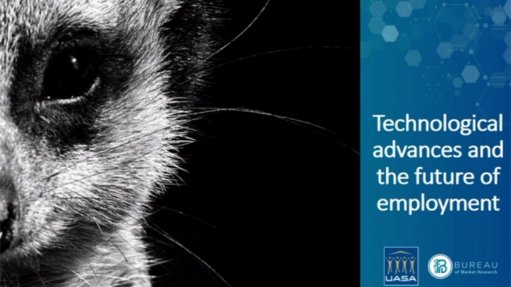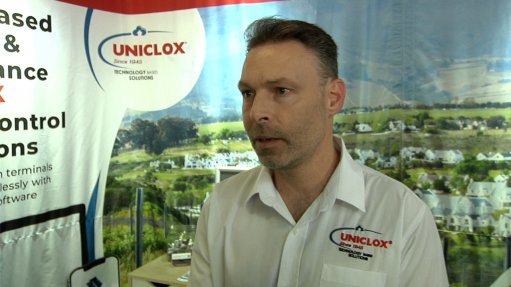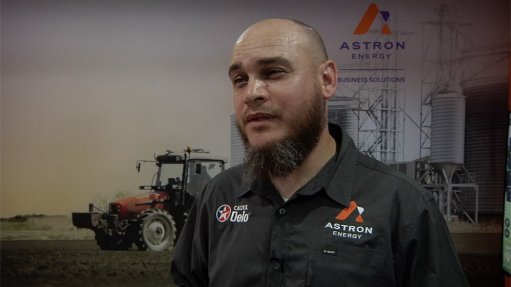Mammoet completes pioneering electric-powered heavy transport and lift
Heavy lifting and transport company Mammoet says it has achieved a major milestone in the development of sustainable heavy lifting and transport – undertaking the replacement of a production vessel at a chemical plant in the Netherlands using purely electric power.
The Shell facility produces feedstock for a range of everyday applications including medical equipment, car components and cell phones.
When a key production vessel needed to be replaced, the customer was keen to explore how this could be achieved with the lowest possible environmental impact, Mammoet says.
Seeking ways in which new technology can help to reduce – and eventually eradicate – the carbon footprint of projects, Mammoet says it has explored many possible solutions in recent years.
One such focus has been a partnership with Scheuerle to transition its self-propelled modular transporters (SPMT) fleet from diesel to renewable energy.
While electric technology is not a new concept for domestic vehicles, Mammoet indicates that the sheer force that SPMTs are required to deliver in moving heavy items has presented significant barriers to finding an equivalent solution.
However, through extensive research and testing, this has now become a reality, the company acclaims.
The electric power pack unit (ePPU) was used with four axle lines of SPMT operating in an extremely tight area of the existing plant, which meant that there were only a few meters in which to manoeuvre the existing vessel out and drive the new one into position.
Space was so limited that not all SPMT lines could be positioned beneath the outgoing vessel, meaning that it needed to be secured above the front two axle lines of SPMT, with the ePPU acting as a counterweight to balance the vessel as it was transported.
A crane was then used to remove the old vessel and lower its replacement onto the SPMT in the same position. This was then moved back into place, ready to be installed and commissioned, Mammoet explains.
It says that using the ePPU delivered important benefits for the project.
“The ePPU is a really important step in how we support our customers with decarbonising projects. But in this case, the benefits were not limited only to a lower carbon footprint.
With work taking place in a highly confined area, we would have been highly conscious of the emissions generated by a typical diesel PPU, and would need to carefully manage operatives’ exposure to it. By using an electric model, we removed this issue completely, whilst also creating a much quieter working environment,” says Mammoet Europe operations director Ludo Mous.
The successful application of the ePPU presents the beginning of new development for Mammoet and the wider industry, the company says.
It notes that, while there is still work to be done to ensure electric power is sufficient for use in larger-scale SPMT projects, the technology is now proven in use and ready to be rolled out across a broader range of work around the world.
“We were extremely pleased that the ePPU performed as we expected, delivering a low-carbon solution for our customer. We expect demand for it to be high, in particular for projects that are looking for more sustainable options or where exhaust emissions must be kept to a minimum for safety reasons, such as civil projects taking place within tunnels or work inside nuclear facilities, Mous says.
Comments
Press Office
Announcements
What's On
Subscribe to improve your user experience...
Option 1 (equivalent of R125 a month):
Receive a weekly copy of Creamer Media's Engineering News & Mining Weekly magazine
(print copy for those in South Africa and e-magazine for those outside of South Africa)
Receive daily email newsletters
Access to full search results
Access archive of magazine back copies
Access to Projects in Progress
Access to ONE Research Report of your choice in PDF format
Option 2 (equivalent of R375 a month):
All benefits from Option 1
PLUS
Access to Creamer Media's Research Channel Africa for ALL Research Reports, in PDF format, on various industrial and mining sectors
including Electricity; Water; Energy Transition; Hydrogen; Roads, Rail and Ports; Coal; Gold; Platinum; Battery Metals; etc.
Already a subscriber?
Forgotten your password?
Receive weekly copy of Creamer Media's Engineering News & Mining Weekly magazine (print copy for those in South Africa and e-magazine for those outside of South Africa)
➕
Recieve daily email newsletters
➕
Access to full search results
➕
Access archive of magazine back copies
➕
Access to Projects in Progress
➕
Access to ONE Research Report of your choice in PDF format
RESEARCH CHANNEL AFRICA
R4500 (equivalent of R375 a month)
SUBSCRIBEAll benefits from Option 1
➕
Access to Creamer Media's Research Channel Africa for ALL Research Reports on various industrial and mining sectors, in PDF format, including on:
Electricity
➕
Water
➕
Energy Transition
➕
Hydrogen
➕
Roads, Rail and Ports
➕
Coal
➕
Gold
➕
Platinum
➕
Battery Metals
➕
etc.
Receive all benefits from Option 1 or Option 2 delivered to numerous people at your company
➕
Multiple User names and Passwords for simultaneous log-ins
➕
Intranet integration access to all in your organisation

















